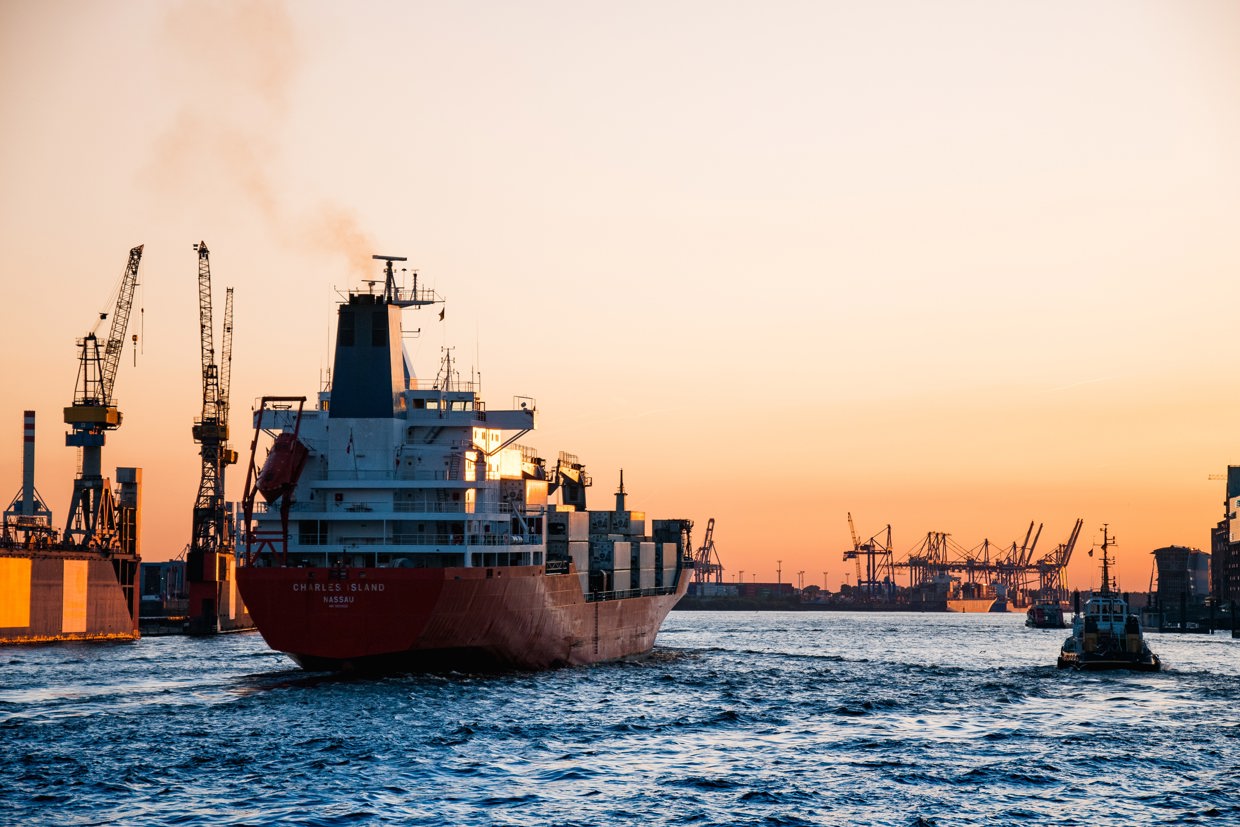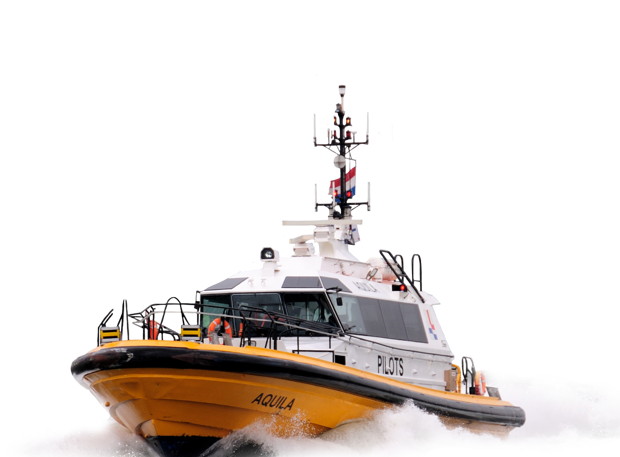About the project
Nederlands Loodswezen was looking for relevant insights to allocate their resources at arriving and departing docks. Through extensive data exploration Triple provided insights in the number of prospected ships, and delayed ships, at the harbor of Rotterdam/Rijnmond.
Services
Data Exploration, Data Analytics, Machine Learning
Release
Python notebook release in 2020


A data driven solution
Nederlands Loodswezen ensures that ships enter and leave ports as safe and efficiently as possible. Loodswezen Rijnmond, which is active at the harbor of Rotterdam, was looking for a way to make more accurate decisions on how to allocate their resources at arriving and departing docks. Triple provided a data-based solution, which made it possible to make predictions that give an indication of whether or not a ship departs on time.
To create insights into the number of prospected ships for the harbor of Rotterdam/Rijnmond, our Artificial Intelligence team created a Python notebook, in which extensive data exploration was provided. The provided notebook includes feature engineering, predictive modeling, statistical analysis and data visualization such as decision trees and correlation matrices.

Clear data visualizations for fast insights
Based on the engineered features, two interpretable models were provided for Nederlands Loodswezen. The first model is able to predict whether or not ship departures are delayed. The second model is able to predict whether or not a ship is registered in time.
The result is two clear visualizations of the decision trees used for both the models. Based on these decision trees, Loodswezen Rijnmond has gained insight into the most important features in making the decision on whether or not a ship departs on time.
Custom decision tree
A decision tree is a read from top to bottom, where at every split a decision is made based on a different feature or a different value of that feature. In the tree for Nederlands Loodswezen, the color blue stands for delayed ant the color orange for not-delayed ships in the port. The darker the color of the box, the more certainty the model has in its decision.
When the number of mutations (which stands for the number of registered ETD’s) is higher than 3.5, the model has 99% certainty that the ship is delayed. The visualization also shows that the model has 62% certainty on a non-delayed departure, based on the agent the difference in registration time and the number of mutations.

Daniel de Vos can tell you all the ins- and outs about this project!
